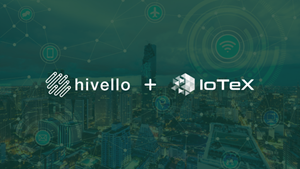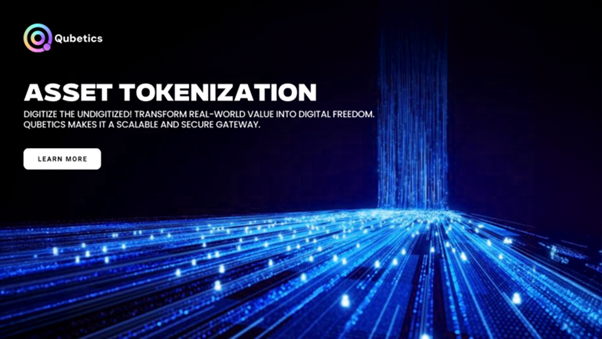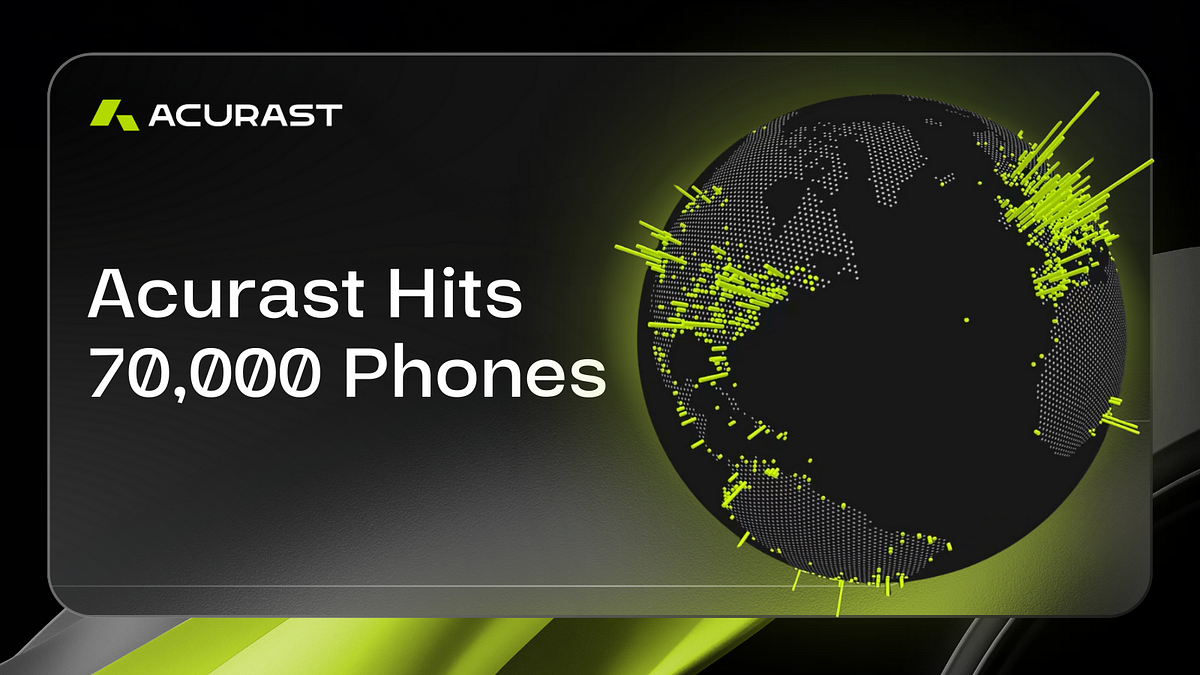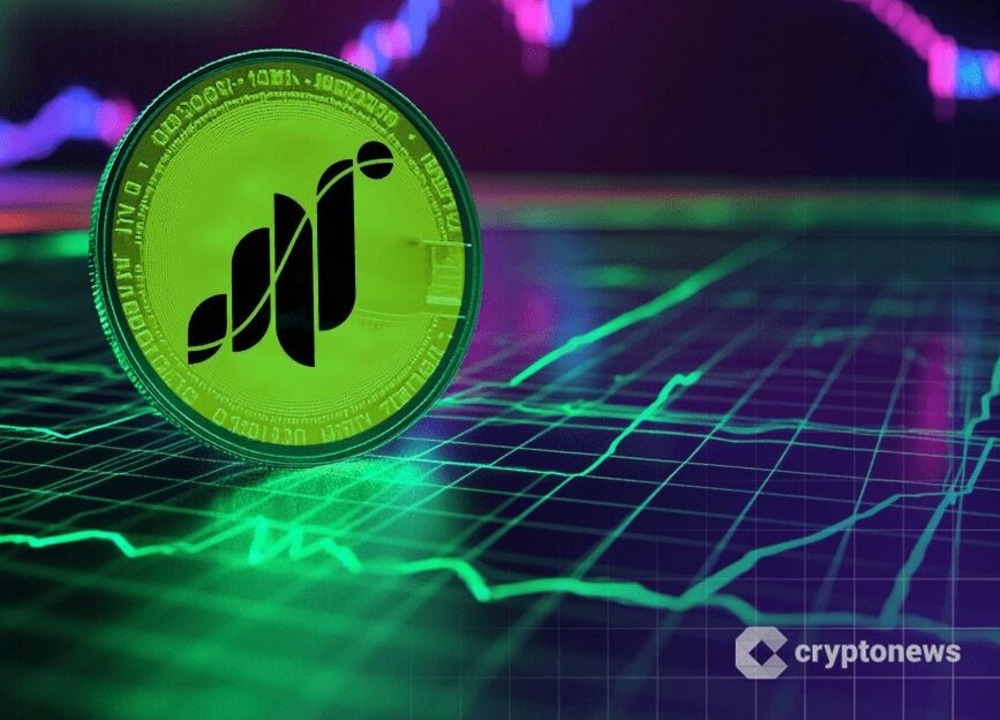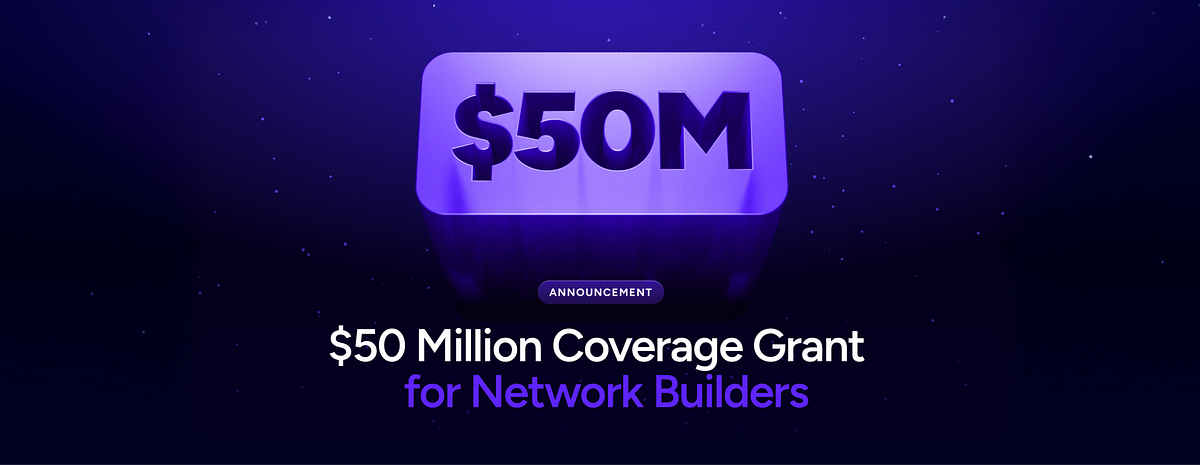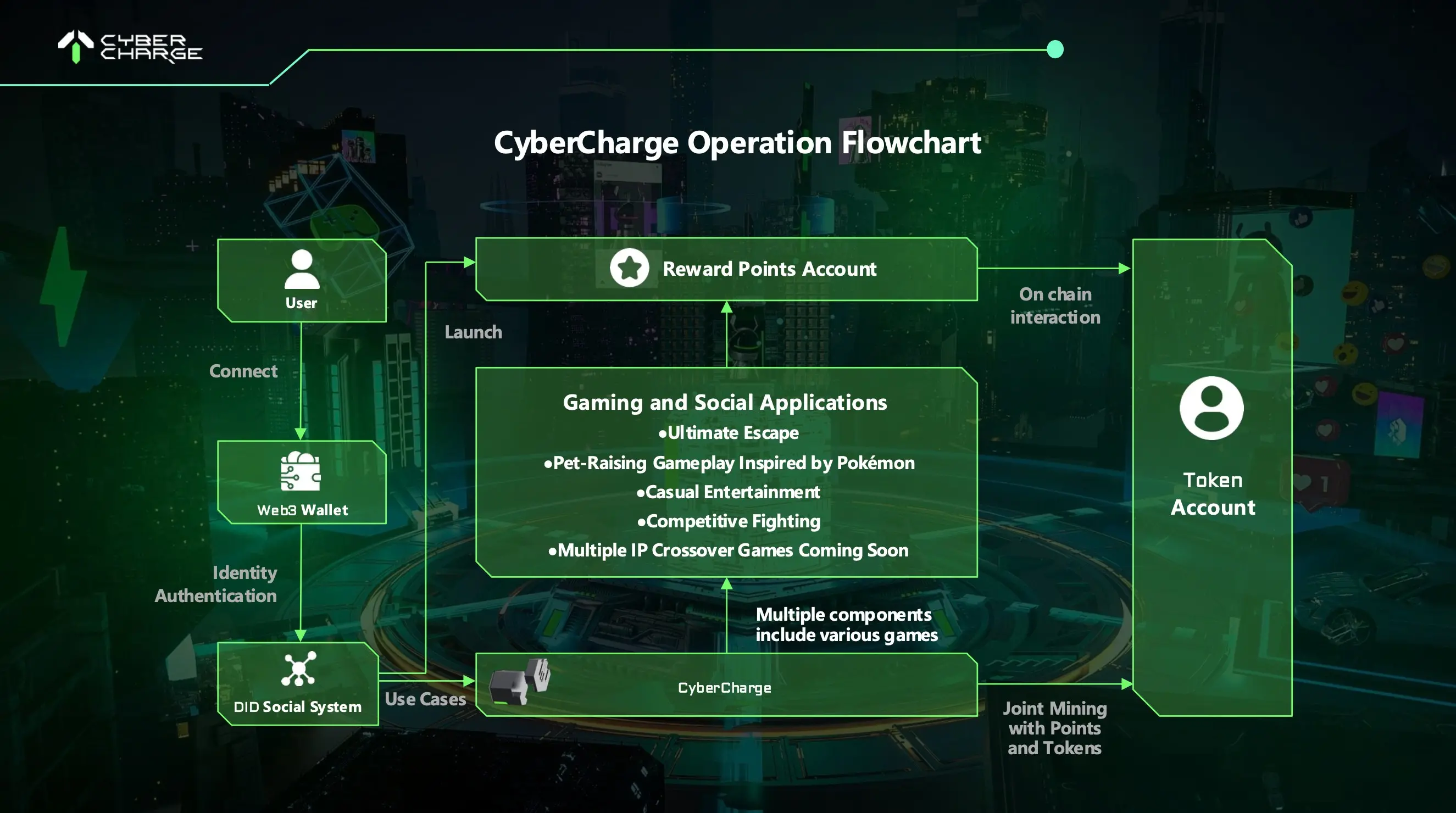Titan Blockchain Network Major Upgrade Scheduled for December 2024

The Titan blockchain network is set to undergo a significant upgrade, scheduled to take place from December 7, 2024, at 08:00 UTC to December 9, 2024, at 08:00 UTC. This upgrade aims to introduce token issuance capabilities, allowing users to mint uniquely identifiable tokens directly on the Titan chain. Additionally, it will prepare the network for its fourth testnet phase, which promises to enhance the overall infrastructure and user experience. During this period, the network is expected to experience an estimated downtime of 48 hours, during which staking operations, token transfers, and all other on-chain activities will be temporarily suspended.
One of the key highlights of this upgrade is the introduction of the Token Factory, which will empower users to create their own tokens on the Titan blockchain. This feature is expected to foster innovation and expand the use cases for the Titan network. Furthermore, the fourth testnet will reward participants with TNT4 tokens, incentivizing engagement and testing of the new features. More details regarding the fourth testnet will be shared in forthcoming announcements, ensuring that the community stays informed about the developments.
Validator node operators are urged to complete all necessary updates before the upgrade window to avoid penalties. Nodes that are not updated by the deadline will be taken offline, emphasizing the importance of maintaining synchronization to prevent service disruptions. The Titan Network appreciates the continued support from its community and encourages users to reach out via email or social media channels for any assistance during this transition period.
Related News
